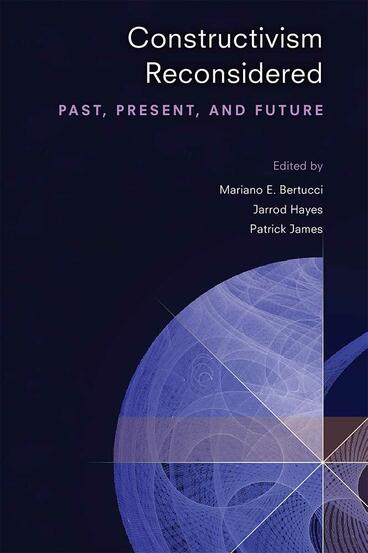Explores Constructivism's key influence on IR theory and practice
Description
In international relations (IR), the theory of constructivism argues that the complicated web of international relations is not the result of basic human nature or some other unchangeable aspect but has been built up over time and through shared assumptions.
Constructivism Reconsidered synthesizes the nature of and debates on constructivism in international relations, providing a systematic assessment of the constructivist research program in IR to answer specific questions: What extent of (dis)agreement exists with regard to the meaning of constructivism? To what extent is constructivism successful as an alternative approach to rationalism in explaining and understanding international affairs? Constructivism Reconsidered explores constructivism’s theoretical, empirical, and methodological strengths and weaknesses, and debates what these say about its past, present, and future to reach a better understanding of IR in general and how constructivism informs IR in particular.
Mariano E. Bertucci is Visiting Assistant Professor of International Relations at Loyola Marymount University.
Jarrod Hayes is Associate Professor of International Security at the University of Massachusetts Lowell and Visiting Associate Professor of International Relations at the Massachusetts Institute of Technology.
Patrick James is Dornsife Dean’s Professor of International Relations at the University of Southern California.
Reviews
“Constructivism Reconsidered is the major assessment of constructivism to date. It makes an important and lasting contribution to IR theory, and all those who want to understand constructivism or use it in their work need to read this book.”
—John A. Vasquez, University of Illinois at Urbana-Champaign
“The editors and authors have put together an intriguing volume taking stock of constructivism in its third decade. Many times edited volumes are forced into a false coherence that appears coerced after only a few pages. What distinguishes this volume is its retention of a dizzying variety. Much like any delicious tasting menu or omakase experience, the reader will find in this volume many ideas to savor, and a few that either leave a bitter taste, or leave one scratching her head pondering what was that?”
—Ted Hopf, National University of Singapore

